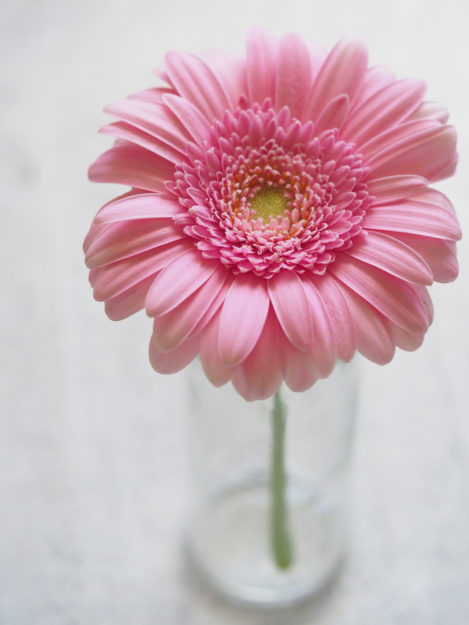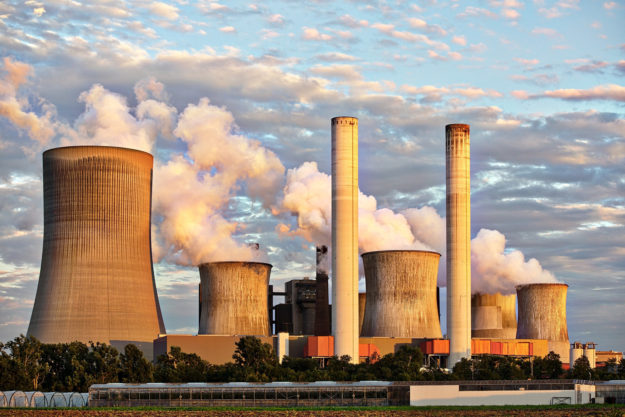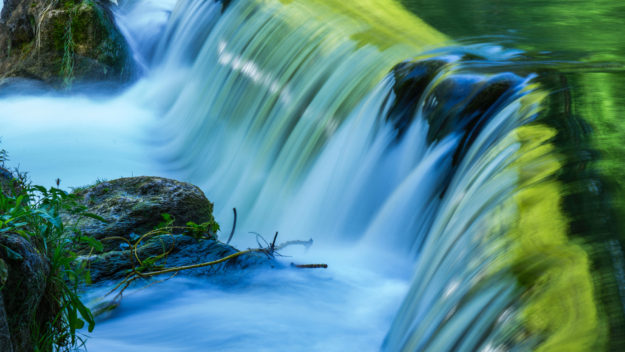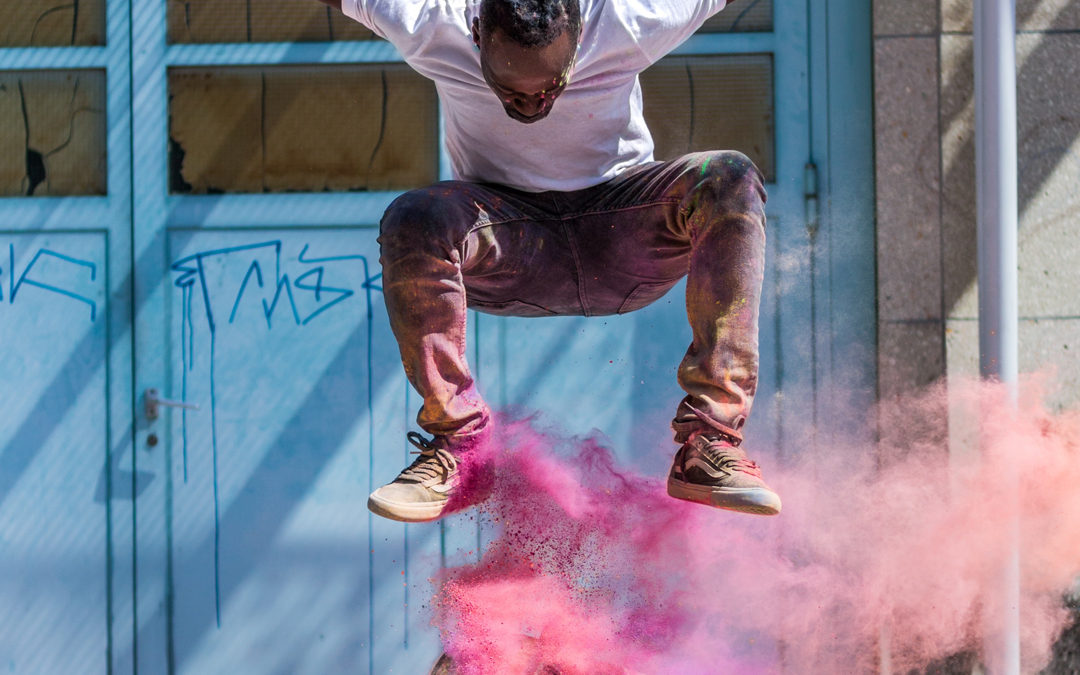Let’s do this! I’m always awestruck by good photography, and a little intimidated as well. It’s been exciting to begin learning the basics of photography. I’ve discovered that I learn best when I seek the same information from several sources. Thankfully there are myriad sources out there to learn about the basics of photography. These websites and videos explored terminology like ISO, aperture, and shutter speed.
I felt like I was beginning to grasp the concepts, but I wasn’t quite getting it until I started poring over examples. Pexels.com has some fantastic free photos that helped me to really understand what I was looking for in identifying these different elements – and they serve as great inspiration for creative projects.

Wide Aperture Photos
The aperture is the opening of the lens and affects how much light your camera captures. When photos are taken with a wide aperture, it focuses on the main object and blurs the background. The above photo is an excellent example of using a wide aperture, because it sharply focuses on the foreground, while the background is blurred.

Narrow Aperture Photos
While a wide aperture creates a sharp contrast between the foreground and background focus, a narrower aperture captures details in the foreground as well. This is great when photographing something large like a city or landscape. In this example photo, there’s a lot of detail on the foreground of the factory, but also the details of the clouds.

Fast Shutter Speed
The shutter speed has to do with how quickly an image is captured. Photos taken with a fast shutter speed can show lots of detail on a moving subject. This is great for capturing figures in action, or things in nature like water or lightning. Despite the motion, the man in this photo is clear mid-jump, and the colored dust is sharp.

Slow Shutter Speed
The slower the shutter speed is, the longer it takes to take the photo. This can lead to a blurred effect. When this is done intentionally, it can have a fantastic effect. The running water in the photo above has a soft, velvety effect because it was taken with a slow shutter speed.

A specific type of photo I love is a city scape. There are effective ways to use different ISOs, apertures, and shutter speeds to capture different views of a city. I especially love wide shots taken with a narrow aperture, though.
My mind is buzzing with questions, but I’m still new enough that I don’t quite know what questions to ask. Most of my questions are application based, like “What is the best f-stop and aperture to use for a portrait with a landscape background?”
In cases like that, I know I want focus on the subject of the portrait, but without sacrificing the details of the background. Through a lot of trial and error I’m sure I’ll begin to figure these things out and soon it’ll become second nature.
I’m excited to learn!


Deborah your blog post was very well done. I was able to understand what each aperture was and what each shutter speed was. The picture you chose went really well with each exposure and I really enjoyed the picture for fast shutter speed. It was a fun picture to look at. Check out our classmate, Leah’s website. https://leahsmithweb.wordpress.com/2020/09/22/self-motivated-education-2/
Check out my blog: https://emilyharoldsenblog.wordpress.com
Hi Deborah, I really like the pictures you used in your post. You provided great descriptions for each image, and I ended up learning a couple things from your blog too. Great job!
Here’s another blog post I think you might like: https://kloieellenvisuals.wordpress.com/2020/09/22/self-motivated-education/
And here’s mine: https://threebookssharedpage.design.blog/2020/09/22/examples-of-wide-and-narrow-apertures-slow-and-fast-shutter-speeds-and-motion-blur/
Hi Deborah, I really liked the picture that you used with the chalk and the person jumping between it! What did you use to get that effect? was it a smoke bomb, or a chalk ball?
A link to my personal blog: https://mykylabingham.wordpress.com/category/photography/
A link to someone else’s blog: https://digitalimaging.koko-photos.com/2020/09/30/motion/
Oh, I wish that was my photo! I found that one from Pexels.com. I would love to find out how it was done because I love photos like that.